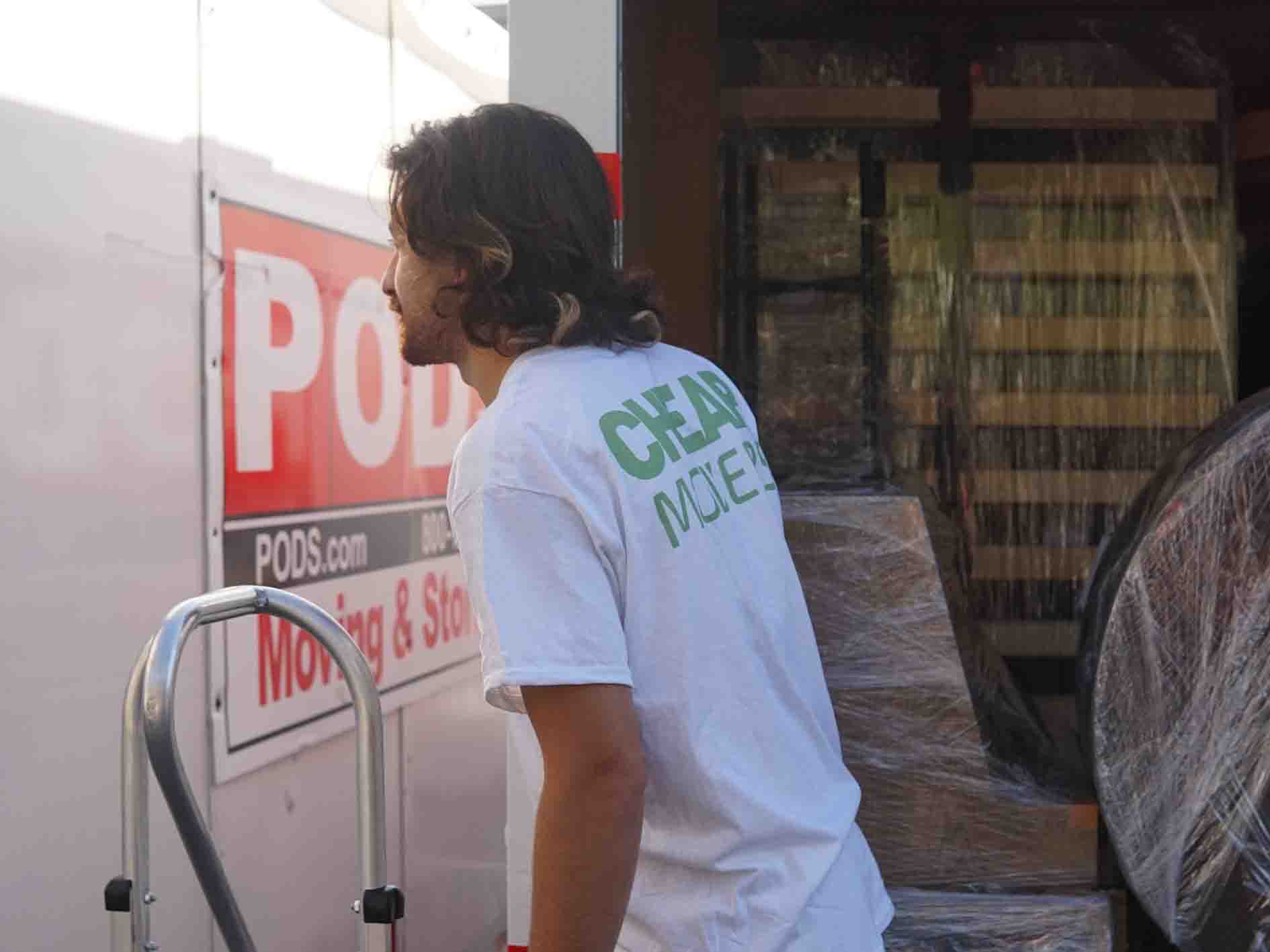How to Pack a Computer?

How to Pack a Computer?
How to Pack a Computer? Moving your computer requires careful planning to ensure that your valuable electronic equipment arrives at your new destination unharmed. In this guide presented by Cheap Movers Los Angeles, we’ll explore practical tips on how to pack your computer safely for a smooth and stress-free move.
How to Pack a Computer?
Assess Your Equipment: Before you start packing, take stock of your computer components. This includes the central processing unit (CPU), monitor, keyboard, mouse, cables, and any peripheral devices. Assessing your equipment helps you determine the right packing materials and methods for each item.
Gather Necessary Supplies: Collect the necessary packing supplies before you begin. You’ll need sturdy boxes in various sizes, bubble wrap, packing paper, cable organizers, plastic bags, and adhesive labels. Ensure that the boxes are strong enough to support the weight of your computer equipment.
Back Up Your Data: Before disconnecting any cables, back up your data. Use an external hard drive, cloud storage, or any preferred backup method to ensure that your important files and documents are safely stored. This step is crucial to safeguard your digital information during the move.
Label Cables and Disconnect: Take a photo of your cable setup before disconnecting anything. This visual reference will be helpful when reconnecting your computer later. Label each cable or use colored stickers to match cables with their corresponding ports. Gently disconnect the cables from your computer, monitor, and peripherals.
Secure the Cables: Use cable organizers or plastic bags to secure and bundle your cables. This not only prevents tangling but also ensures that you have all the necessary cables for reassembly. Place the organized cables in a plastic bag and label it for easy identification.
Protect the Monitor: If you have the original packaging for your monitor, use it. If not, wrap the monitor in a layer of bubble wrap, securing it with packing tape. Place a layer of packing paper between the screen and the bubble wrap to prevent scratches. Finally, place the wrapped monitor in a box with additional padding.
Pack the CPU: If you have the original box for your CPU, it’s the ideal choice for packing. If not, use a sturdy box that is slightly larger than the CPU. Wrap the CPU in bubble wrap and place it in the box. Fill any empty spaces with packing paper to prevent movement. Seal the box securely with tape.
Secure Peripherals: Wrap your keyboard and mouse in packing paper or bubble wrap. Place them in a box, securing them with additional padding to prevent any shifting during transit. If you have any other peripherals, such as printers or scanners, pack them similarly, ensuring they are well-protected.
Use Anti-Static Packaging: For added protection, especially for internal components, consider using anti-static packaging. Anti-static bubble wrap or bags can help prevent static electricity from damaging sensitive electronic parts. This is particularly important for hard drives, RAM, and other delicate components.
Seal and Label Boxes: Once each component is securely packed, seal the boxes with packing tape. Clearly label each box with its contents and indicate whether it contains fragile items. This will guide the movers and help you prioritize unpacking when you arrive at your new location.
Transporting Your Computer: During transportation, place your packed computer boxes in a secure area of the moving truck. Avoid stacking heavy items on top of the boxes, and use straps or other securing methods to prevent movement during transit.
Reassemble at Your New Location: When you arrive at your new home, refer to the photos you took of your cable setup for reassembly. Unpack your computer components carefully, checking for any signs of damage during transit. Reconnect cables, peripherals, and power sources following the visual reference you created.
Conclusion:
By following these steps, you can pack your computer safely for a move without compromising its functionality. Cheap Movers Los Angeles understands the importance of safeguarding your electronic equipment during the moving process. With these tips, you can look forward to a smooth transition and the quick reestablishment of your digital workspace in your new home.
